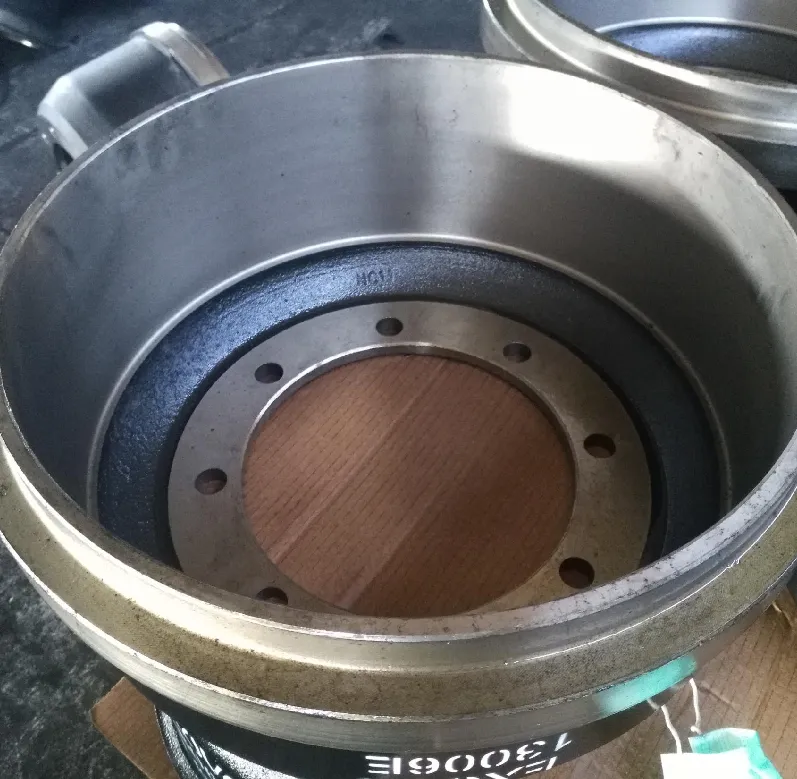
-
 Afrikaans
Afrikaans -
 Albanian
Albanian -
 Amharic
Amharic -
 Arabic
Arabic -
 Armenian
Armenian -
 Azerbaijani
Azerbaijani -
 Basque
Basque -
 Belarusian
Belarusian -
 Bengali
Bengali -
 Bosnian
Bosnian -
 Bulgarian
Bulgarian -
 Catalan
Catalan -
 Cebuano
Cebuano -
 Corsican
Corsican -
 Croatian
Croatian -
 Czech
Czech -
 Danish
Danish -
 Dutch
Dutch -
 English
English -
 Esperanto
Esperanto -
 Estonian
Estonian -
 Finnish
Finnish -
 French
French -
 Frisian
Frisian -
 Galician
Galician -
 Georgian
Georgian -
 German
German -
 Greek
Greek -
 Gujarati
Gujarati -
 Haitian Creole
Haitian Creole -
 hausa
hausa -
 hawaiian
hawaiian -
 Hebrew
Hebrew -
 Hindi
Hindi -
 Miao
Miao -
 Hungarian
Hungarian -
 Icelandic
Icelandic -
 igbo
igbo -
 Indonesian
Indonesian -
 irish
irish -
 Italian
Italian -
 Japanese
Japanese -
 Javanese
Javanese -
 Kannada
Kannada -
 kazakh
kazakh -
 Khmer
Khmer -
 Rwandese
Rwandese -
 Korean
Korean -
 Kurdish
Kurdish -
 Kyrgyz
Kyrgyz -
 Lao
Lao -
 Latin
Latin -
 Latvian
Latvian -
 Lithuanian
Lithuanian -
 Luxembourgish
Luxembourgish -
 Macedonian
Macedonian -
 Malgashi
Malgashi -
 Malay
Malay -
 Malayalam
Malayalam -
 Maltese
Maltese -
 Maori
Maori -
 Marathi
Marathi -
 Mongolian
Mongolian -
 Myanmar
Myanmar -
 Nepali
Nepali -
 Norwegian
Norwegian -
 Norwegian
Norwegian -
 Occitan
Occitan -
 Pashto
Pashto -
 Persian
Persian -
 Polish
Polish -
 Portuguese
Portuguese -
 Punjabi
Punjabi -
 Romanian
Romanian -
 Russian
Russian -
 Samoan
Samoan -
 Scottish Gaelic
Scottish Gaelic -
 Serbian
Serbian -
 Sesotho
Sesotho -
 Shona
Shona -
 Sindhi
Sindhi -
 Sinhala
Sinhala -
 Slovak
Slovak -
 Slovenian
Slovenian -
 Somali
Somali -
 Spanish
Spanish -
 Sundanese
Sundanese -
 Swahili
Swahili -
 Swedish
Swedish -
 Tagalog
Tagalog -
 Tajik
Tajik -
 Tamil
Tamil -
 Tatar
Tatar -
 Telugu
Telugu -
 Thai
Thai -
 Turkish
Turkish -
 Turkmen
Turkmen -
 Ukrainian
Ukrainian -
 Urdu
Urdu -
 Uighur
Uighur -
 Uzbek
Uzbek -
 Vietnamese
Vietnamese -
 Welsh
Welsh -
 Bantu
Bantu -
 Yiddish
Yiddish -
 Yoruba
Yoruba -
 Zulu
Zulu
Feb . 12, 2025 10:48
Back to list
drum brake repair
Drum brake repair is a vital skill for vehicle owners and mechanics alike, offering both safety and cost-effective benefits when properly executed. Unlike its disc-based counterparts, drum brakes have a unique assembly that can seem daunting but is essential for older vehicles and certain modern ones. Understanding its components, common issues, and repair techniques will not only enhance your expertise but also boost the performance and longevity of your vehicle.
For the wheel cylinder, check for leaks by peeling back the dust boots. Any sign of brake fluid warrants replacement or a rebuild of the cylinder. If opting for rebuilding, ensure that the interior bore is smooth and free of pitting. Once all components are inspected, cleaned, or replaced, reassemble the drum brake system, ensuring that all parts are correctly positioned and secure. When all is reassembled, adjust the brakes. The adjuster screw should be turned until there is a slight drag on the drum when rotated by hand. This ensures optimal contact between the shoes and drums during braking. Finally, bleed the brake lines to remove any air pockets, ensuring a firm and responsive brake pedal. Performing drum brake repair not only enhances safety by ensuring your vehicle can stop effectively but also instills confidence in driving. By meticulously executing repairs and maintenance, you're extending the lifespan of your brake system components and promoting efficiency. Those with advanced knowledge in vehicle mechanics can further appreciate the cost-effectiveness of doing this repair themselves, avoiding the labor charges associated with having it done at a garage. Ultimately, mastering drum brake repair demands a blend of mechanical skill and attention to detail. It's an expertise that can save lives, reduce costs, and provide peace of mind on the road. Whether you're a seasoned mechanic or a vehicle enthusiast, perfecting this skill is an investment into safer and more reliable driving.


For the wheel cylinder, check for leaks by peeling back the dust boots. Any sign of brake fluid warrants replacement or a rebuild of the cylinder. If opting for rebuilding, ensure that the interior bore is smooth and free of pitting. Once all components are inspected, cleaned, or replaced, reassemble the drum brake system, ensuring that all parts are correctly positioned and secure. When all is reassembled, adjust the brakes. The adjuster screw should be turned until there is a slight drag on the drum when rotated by hand. This ensures optimal contact between the shoes and drums during braking. Finally, bleed the brake lines to remove any air pockets, ensuring a firm and responsive brake pedal. Performing drum brake repair not only enhances safety by ensuring your vehicle can stop effectively but also instills confidence in driving. By meticulously executing repairs and maintenance, you're extending the lifespan of your brake system components and promoting efficiency. Those with advanced knowledge in vehicle mechanics can further appreciate the cost-effectiveness of doing this repair themselves, avoiding the labor charges associated with having it done at a garage. Ultimately, mastering drum brake repair demands a blend of mechanical skill and attention to detail. It's an expertise that can save lives, reduce costs, and provide peace of mind on the road. Whether you're a seasoned mechanic or a vehicle enthusiast, perfecting this skill is an investment into safer and more reliable driving.
Prev:
Latest news
-
What Are Drum BrakesNewsJul.07,2025
-
Understanding Brake Drum MaterialNewsJul.07,2025
-
Semi-Trailer Brake Drum: A Key Component for Extreme Loads and Long-Distance TransportNewsJul.07,2025
-
Drum Brake Pads for SaleNewsJul.07,2025
-
Brake Drums for SaleNewsJul.07,2025
-
Brake Drum ManufacturerNewsJul.07,2025
-
Aluminum Brake Drums: The Future of High-Performance CarsNewsJul.07,2025
